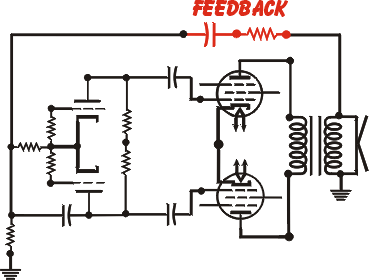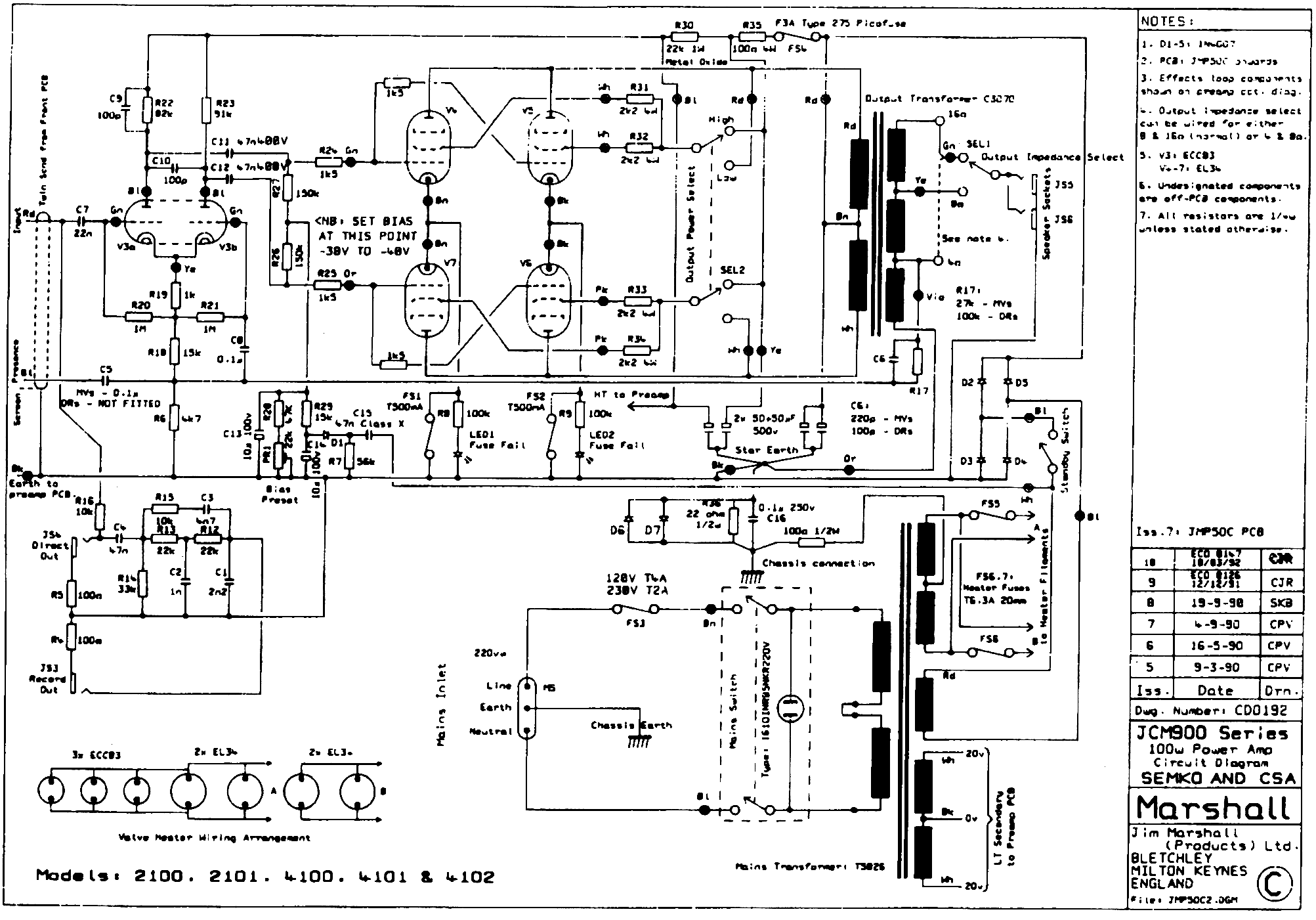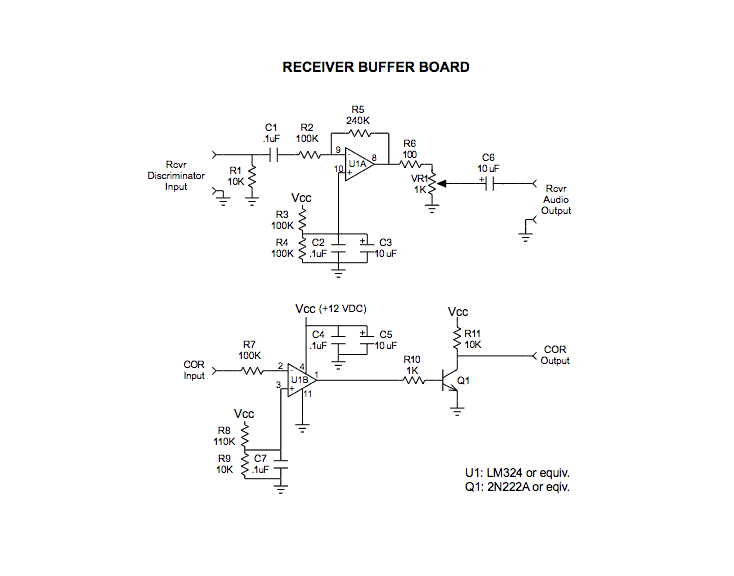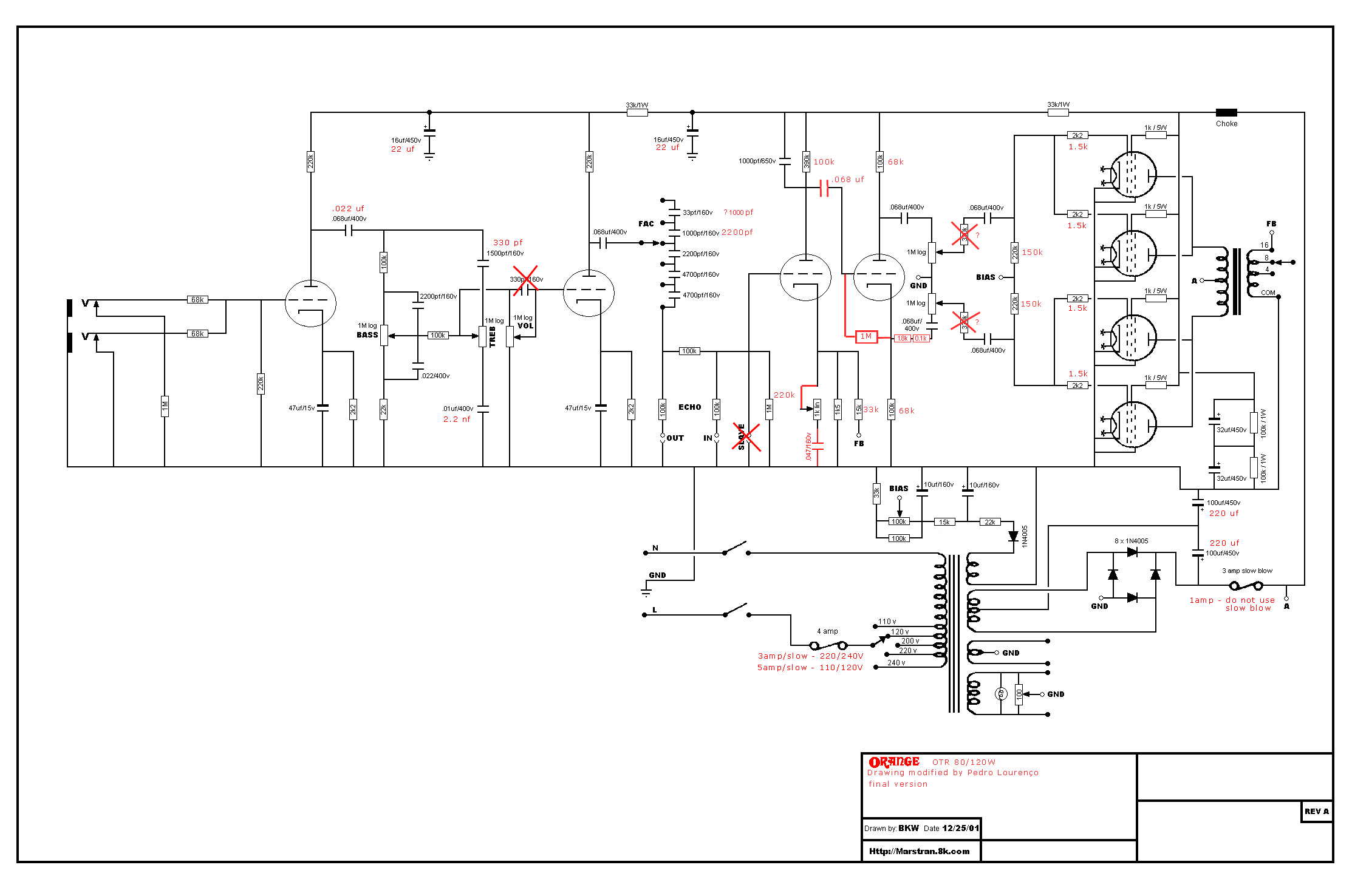
Mods and Odds

Just as automotive enthusiasts constantly modify their vehicles to stand out, guitar players similarly adjust their guitars and amplifiers in pursuit of a unique sound. This often involves swapping pickups to achieve a tone that sets them apart from others who may not yet be aware of the latest trends. Musicians seek out new pedals that can replicate the overdrive sound of a vintage tube amplifier pushed to its limits, rather than simply increasing the amplifier's volume. A minor change in string gauge or a new old stock (NOS) tube can be perceived as a potential pathway to becoming a renowned guitarist. Amplifier modification specialists attract players with enticing promises of emulating famous guitarists. Tube guitar amplifiers are particularly popular for modifications, leading to the emergence of numerous experts, some of whom offer innovative ideas while others provide superficial enhancements, such as merely adding a 12AX7 tube to a Marshall amplifier's input. There are also individuals with limited tube experience who believe their knowledge of solid-state technology can improve tube amplifiers, often benefiting their wallets more than the musicians. Some tube modification experts have found greater financial success selling DIY modification kits than through actual amplifier repairs or construction. Boutique amplifier manufacturers often obscure their designs with hidden circuitry, sometimes using silicone to cover components, which complicates schematic tracing. When a schematic is finally revealed, it frequently resembles common Fender designs. The basic input circuit found in 99% of tube guitar amplifiers serves as an excellent starting point for customization to achieve personal sound preferences. Traditional Fender values have included 68K for resistors R1 and R2, and 1 Meg for R3. In contrast, Mesa Boogie amplifiers have, in the past, omitted the series input resistor (R2) in their single input MkI amplifiers, resulting in a more pronounced impact on the first tube. For a more subtle effect, one might consider replacing R2 with a 10K resistor and R3 with a 2.2 Meg resistor for a modest boost at Input 1. An interesting configuration is where Input 1 serves as the Bright input and Input 2 as the Normal input, as seen in Peavey’s Classic 50 amplifiers. In this case, R1 is 47K, R2 is 100K, R3 is 5.6 Meg, and capacitor C1 can be either 0.005uF or 0.01uF. Experimentation with these values is encouraged to find the desired tone, but caution is advised as the first stage cathode should not have a bypass capacitor. This setup differs from the Marshall 4-Input system, where the Normal and Bright inputs connect to separate sections of a 12AX7. In that configuration, the circuit is duplicated, and the Bright channel's cathode bypass and/or coupling capacitor are selected to achieve a brighter sound. If 12AX7 tubes are readily available, the choice of configuration is flexible. If not, a simpler circuit can provide added versatility, typically using R1 at 100K, R2 at 1500 ohms, C1 at 0.022uF (or higher), and C2 at 25uF (or higher). It is important to note that C2 is omitted if the Normal/Bright input jack option is utilized, as the Bright input capacitor nearly achieves grid-leak bias on the tube. R3 may consist of either a 1 Meg resistor or a 1 Meg volume control. Various online forums offer suggestions for modifications to smaller Fender amplifiers, such as the new Blues Junior. Many aspiring technicians tend to increase R1 to 220K, which can be effective, but it is essential to consider that there may be other areas further along the circuit that can provide sufficient gain without necessitating such changes.
The schematic for a typical tube guitar amplifier input stage can be outlined as follows:
1. **Input Stage Configuration**:
- **Input Jacks**: Two input jacks (Input 1 and Input 2).
- **Resistor R1**: Connects from the input jack to the grid of the first tube (typically a 12AX7). Standard values are 47K to 68K.
- **Resistor R2**: Serves as a series input resistor. Options include 10K or 100K, depending on desired gain characteristics.
- **Resistor R3**: Often a 1 Meg resistor or a volume control, which influences the overall gain of the amplifier.
2. **Capacitor Configuration**:
- **Capacitor C1**: Coupling capacitor connected between R2 and the grid of the first tube, with values typically ranging from 0.005uF to 0.01uF.
- **Capacitor C2**: Optional capacitor for additional flexibility, typically 25uF, but omitted if the Normal/Bright input configuration is used.
3. **First Stage Operation**:
- The first tube stage amplifies the signal, with careful attention to the absence of a bypass capacitor on the cathode to maintain tonal characteristics.
- The arrangement allows for tonal experimentation, enabling musicians to tailor their sound by adjusting resistor and capacitor values.
This schematic serves as a foundational guide for further modifications and personalizations, allowing guitarists to explore their sonic preferences through systematic adjustments to the amplifier's input stage.Uch as the Hot-Rod enthusiast is forever tinkering with his `wheels` to be `just a little different`, so are guitar players forever tinkering with their guitars and amplifiers in an effort to be `just a little different`. We are always swapping pickups trying to get the sound that will put us one step ahead of the other poor soul who doesn`t yet know of the latest `big thing`.
We look out for the latest pedal that will give us the overdrive sound of a vintage tube amplifier `cranked up` (rather than just `crank up` the amplifier itself). We are usually just one string gauge, or one `NOS` tube change away from being the next guitar God. And amplifier `mod merchants` lure us over to their benches with Svengali promises of sounding like the latest guitar hero.
Since tube guitar amplifiers are the easiest thing in the world to `play with`, many `gurus` have come out of the woodwork. Some have exceptional ideas, while others just add a 12AX7 to the input of your Marshall. And then there are also those with little or no tube training/experience, yet firmly believe that their vast solid-state experience can help you make your tube amplifier `better`.
It seems to have helped their wallet more, and thankfully these `toys` get relegated to the dust bin in due course. There are tube gurus who have made more money selling their Do-It-Yourself modification `kits` than they have by repairing or building amplifiers.
Boutique amplifier builders shroud themselves in mystery with concealed circuitry (putting silicone over components so we can`t trace out a schematic) and voodoo mantra about `proprietary components`. When you finally do get to see a schematic, it looks suspiciously like any Fender. his is the basic input circuit common to 99% of all tube guitar amplifiers. It is also a wonderful place to begin tweaking our amplifier to suit our tastes and sonic goals. The standard Fender values since the late 1800`s have been 68K for R1 and R2, and 1 Meg for R3. Mesa Boogie years ago had absolutely no series input resistor (R2) on their single input MkI amplifiers (Input 2 and R1 weren`t used).
This `hits` the first tube a lot harder, with quite a boost in comparison. You may want something a little more subtle, so I suggest replacing R2 with a 10K, and R3 with a 2. 2Meg. This way, you have a modest boost at Input 1. n interesting arrangement is the circuit shown below, where `Input 1` is the `Bright` input, and `Input 2` is the `Normal` input. Peavey used this idea in their Classic 50 amplifiers, and it works well. R1 is 47K, R2 is 100K, R3 is 5. 6Meg, and C1 is. 005uF or. 01uF. You can play with the values a little until you find the tone you like, but be careful. The first stage cathode should not have a bypass capacitor. This is a little different than the Marshall 4-Input system, where the `Normal` and `Bright` inputs feed different sections of a 12AX7.
There, the circuit above is used twice, and the `Bright` channel cathode bypass and/or coupling capacitor are chosen to yield a brighter tone. If 12AX7`s are plentiful in your amplifier, the choice is yours. Should you not be so lucky, the circuit below is a pretty simple way of attaining added flexibility. Standard values are R1 is 100K, R2 is 1500-ohms, C1 is. 022uF (or higher), and C2 is 25uF (or higher). Remember, C2 is not there at all if you have the Normal/Brite input jack option seen above. This is because you are close to having grid-leak bias on the tube, courtesy of the `Brite` input capacitor.
R3 is either a 1Meg resistor, or a 1Meg volume control. There are many postings on newsgroup bulletin boards for suggested mods for smaller Fender amplifiers such as the new Blues Junior. Many aspiring technicians immediately go for the jugular, and increase R1 to 220K. While this does work quite well, there are usually other places further on down the line that have ample gain not being used.
Keep in mind that the combination 🔗 External reference
The schematic for a typical tube guitar amplifier input stage can be outlined as follows:
1. **Input Stage Configuration**:
- **Input Jacks**: Two input jacks (Input 1 and Input 2).
- **Resistor R1**: Connects from the input jack to the grid of the first tube (typically a 12AX7). Standard values are 47K to 68K.
- **Resistor R2**: Serves as a series input resistor. Options include 10K or 100K, depending on desired gain characteristics.
- **Resistor R3**: Often a 1 Meg resistor or a volume control, which influences the overall gain of the amplifier.
2. **Capacitor Configuration**:
- **Capacitor C1**: Coupling capacitor connected between R2 and the grid of the first tube, with values typically ranging from 0.005uF to 0.01uF.
- **Capacitor C2**: Optional capacitor for additional flexibility, typically 25uF, but omitted if the Normal/Bright input configuration is used.
3. **First Stage Operation**:
- The first tube stage amplifies the signal, with careful attention to the absence of a bypass capacitor on the cathode to maintain tonal characteristics.
- The arrangement allows for tonal experimentation, enabling musicians to tailor their sound by adjusting resistor and capacitor values.
This schematic serves as a foundational guide for further modifications and personalizations, allowing guitarists to explore their sonic preferences through systematic adjustments to the amplifier's input stage.Uch as the Hot-Rod enthusiast is forever tinkering with his `wheels` to be `just a little different`, so are guitar players forever tinkering with their guitars and amplifiers in an effort to be `just a little different`. We are always swapping pickups trying to get the sound that will put us one step ahead of the other poor soul who doesn`t yet know of the latest `big thing`.
We look out for the latest pedal that will give us the overdrive sound of a vintage tube amplifier `cranked up` (rather than just `crank up` the amplifier itself). We are usually just one string gauge, or one `NOS` tube change away from being the next guitar God. And amplifier `mod merchants` lure us over to their benches with Svengali promises of sounding like the latest guitar hero.
Since tube guitar amplifiers are the easiest thing in the world to `play with`, many `gurus` have come out of the woodwork. Some have exceptional ideas, while others just add a 12AX7 to the input of your Marshall. And then there are also those with little or no tube training/experience, yet firmly believe that their vast solid-state experience can help you make your tube amplifier `better`.
It seems to have helped their wallet more, and thankfully these `toys` get relegated to the dust bin in due course. There are tube gurus who have made more money selling their Do-It-Yourself modification `kits` than they have by repairing or building amplifiers.
Boutique amplifier builders shroud themselves in mystery with concealed circuitry (putting silicone over components so we can`t trace out a schematic) and voodoo mantra about `proprietary components`. When you finally do get to see a schematic, it looks suspiciously like any Fender. his is the basic input circuit common to 99% of all tube guitar amplifiers. It is also a wonderful place to begin tweaking our amplifier to suit our tastes and sonic goals. The standard Fender values since the late 1800`s have been 68K for R1 and R2, and 1 Meg for R3. Mesa Boogie years ago had absolutely no series input resistor (R2) on their single input MkI amplifiers (Input 2 and R1 weren`t used).
This `hits` the first tube a lot harder, with quite a boost in comparison. You may want something a little more subtle, so I suggest replacing R2 with a 10K, and R3 with a 2. 2Meg. This way, you have a modest boost at Input 1. n interesting arrangement is the circuit shown below, where `Input 1` is the `Bright` input, and `Input 2` is the `Normal` input. Peavey used this idea in their Classic 50 amplifiers, and it works well. R1 is 47K, R2 is 100K, R3 is 5. 6Meg, and C1 is. 005uF or. 01uF. You can play with the values a little until you find the tone you like, but be careful. The first stage cathode should not have a bypass capacitor. This is a little different than the Marshall 4-Input system, where the `Normal` and `Bright` inputs feed different sections of a 12AX7.
There, the circuit above is used twice, and the `Bright` channel cathode bypass and/or coupling capacitor are chosen to yield a brighter tone. If 12AX7`s are plentiful in your amplifier, the choice is yours. Should you not be so lucky, the circuit below is a pretty simple way of attaining added flexibility. Standard values are R1 is 100K, R2 is 1500-ohms, C1 is. 022uF (or higher), and C2 is 25uF (or higher). Remember, C2 is not there at all if you have the Normal/Brite input jack option seen above. This is because you are close to having grid-leak bias on the tube, courtesy of the `Brite` input capacitor.
R3 is either a 1Meg resistor, or a 1Meg volume control. There are many postings on newsgroup bulletin boards for suggested mods for smaller Fender amplifiers such as the new Blues Junior. Many aspiring technicians immediately go for the jugular, and increase R1 to 220K. While this does work quite well, there are usually other places further on down the line that have ample gain not being used.
Keep in mind that the combination 🔗 External reference





